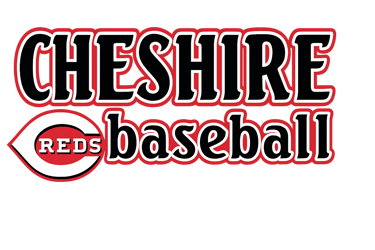Top 10 Drills for Improving Hand-Eye Coordination in Youth Baseball
Hand-eye coordination is a cornerstone skill for any baseball player. Whether it’s connecting with a fastball, fielding a grounder, or making an accurate throw, the ability to synchronize vision and movement is critical. Below are 10 practical, in-depth drills designed to help youth players sharpen their reflexes and reaction time.
OFF-TOPICINFORMATION
3/9/20252 min read
1. Ball Drop Reaction Drill
Purpose: Improves reaction speed and tracking ability.
Setup: Players pair up. One player holds a tennis ball at shoulder height; the other stands an arm’s length away, hands at their sides.
Execution: The player holding the ball randomly drops it, and the other player must catch it before it hits the ground.
Progression: Increase the distance between players or use two balls for an added challenge.
2. Wall Ball Drill
Purpose: Enhances throwing accuracy, reaction time, and catching ability.
Setup: Use a tennis ball or soft rubber ball and stand 6–8 feet from a solid wall.
Execution: Throw the ball against the wall with one hand and catch it with the same hand. Switch hands every 10 throws.
Variation: Add a time limit or introduce a random bounce by angling the throw.
3. Juggling Basics
Purpose: Develops focus, coordination, and dexterity.
Setup: Start with two balls, progressing to three as players improve.
Execution: Practice tossing and catching balls in a controlled, repetitive motion. Emphasize smooth transitions and steady hand movements.
Tip: For beginners, start with scarves or beanbags to slow down the motion.
4. Two-Ball Toss
Purpose: Builds ambidexterity and hand tracking.
Setup: Stand in place with a ball in each hand.
Execution: Toss both balls in the air simultaneously and catch them with the opposite hands.
Progression: Increase speed or use smaller balls to raise difficulty.
5. Small Ball Batting Practice
Purpose: Improves hitting precision and tracking small objects.
Setup: Use wiffle balls, foam balls, or even golf whiffle balls.
Execution: A coach or teammate tosses the balls underhand, and the player practices hitting them with a smaller bat or broomstick.
Focus: Track the ball closely and aim for solid contact.
6. Reaction Ball Drill
Purpose: Enhances agility and quick decision-making.
Setup: Use a reaction ball, which has uneven surfaces to create unpredictable bounces.
Execution: Drop the reaction ball from waist height and have the player react quickly to catch it after the bounce.
Variation: Add movement, like side shuffles, before the catch.
7. Color Recognition Toss
Purpose: Combines cognitive processing with physical coordination.
Setup: Use multiple colored balls or mark them with tape.
Execution: The coach calls out a color as they toss the balls, and the player must catch only the ball of the designated color.
Progression: Increase speed or add multiple colors per throw.
8. Ladder and Ball Drill
Purpose: Combines agility with visual focus.
Setup: Use an agility ladder and a tennis ball.
Execution: Perform ladder drills (e.g., high knees or side steps) while catching and tossing the tennis ball with a partner.
Challenge: Maintain quick ladder footwork while focusing on catching the ball.
9. Bat and String Drill
Purpose: Improves swing precision and focus on contact.
Setup: Suspend a wiffle ball or similar lightweight ball on a string at eye level.
Execution: Practice swinging to hit the ball without causing it to spin excessively.
Goal: Focus on controlling the swing and making consistent contact.
10. Grounder and Fly Ball Reaction Drill
Purpose: Develops quick reflexes and judgment for fielding.
Setup: Have a coach or partner hit or throw balls unpredictably as grounders or fly balls.
Execution: The player reacts to the ball’s direction and practices proper fielding techniques.
Variation: Introduce a time constraint or call out target bases for throws.
Tips for Success
Consistency is Key: These drills should be practiced regularly to see noticeable improvement.
Emphasize Form: Quality repetitions are more important than quantity.
Make it Competitive: Introduce friendly competitions to keep players engaged and motivated.
Track Progress: Record times or success rates to measure improvement over time.
Hand-eye coordination is a skill that can be developed with consistent practice and focus. By incorporating these drills into training routines, young players can improve their reflexes, reaction time, and overall performance on the field. This foundational skill will not only enhance their current game but also set them up for long-term success in baseball and beyond.

